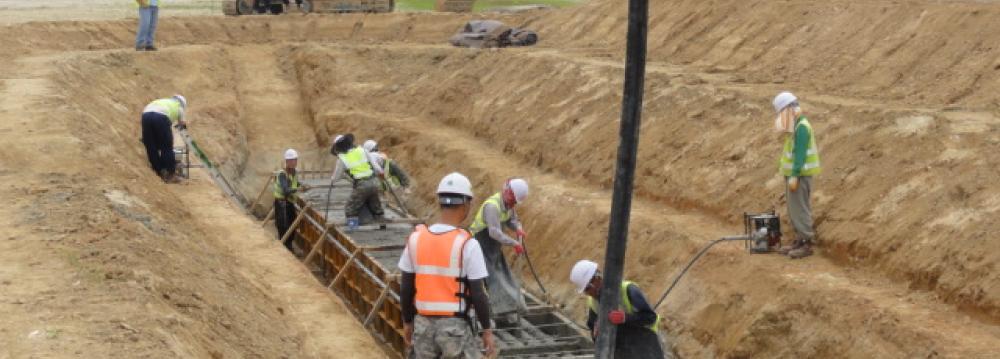An outdated financing rule is forcing Australian governments to turn their backs on tens of billions of dollars of economically viable infrastructure investments, according to a new study by the Grattan Institute that urges the “unfreezing of discount rates”.
A discount rate is the annual rate at which future costs and benefits are downplayed in preparing benefit-cost studies. Because many infrastructure projects have big upfront costs balanced by benefits that take place many years into the future, a high discount rate will make projects appear unviable even if they could be comfortably financed at current interest rates, AAP reported.
The Grattan Institute says the common rate used by Infrastructure Australia and state and federal governments hasn’t been adjusted for 30 years, except during the global financial crisis when it was briefly lowered to allow projects that would have been declared unviable to get the go ahead in order to deliver economic stimulus.
With the exception of the global financial crisis, the rate has been 7% since the late 1980s. Yet in that time, a measure of the risk-free cost of money, the real Commonwealth bond rate, has fallen from 6.8% to 0.8%.
“Incorporating risk and the cost of low-risk borrowing would lead to discount rates in 2018 of around 3.5% for projects where systematic risk is low, and around 5% where it is high by the standards of transport infrastructure projects,” the study says. “Both rates are substantially below today’s 7% standard central rate.”
Authors Marion Terrill and Hugh Batrouney say a lower rate would provide a truer measure of which large transport projects are the most valuable. But they will also make the economics of all transport projects look better.
“We are somewhat uncomfortable about this, because Grattan Institute analysis has shown that Australian governments have systematically underestimated the cost of transport projects, making many appear more attractive than they really were,” they write.
“It may seem that in a world where politicians are too often tempted to waste public money, a high discount rate could serve as a useful counter-balance. But this comes at the cost of distorting public policy priorities. Australia should set the bar higher: we need to improve all aspects of project evaluation, so we build the right projects in the right order,” the survey said.


